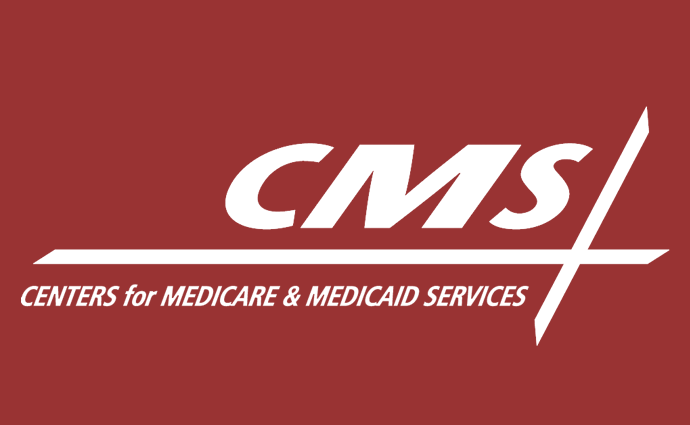CMS Proposes Reduced Exchange User Fees To Lower ACA Premiums
The strategy builds on previous years’ efforts to decrease Affordable Care Act premiums by lowering exchange user fees.

Source: CMS Logo
- CMS has proposed diminishing federal exchange fees in order to lower Affordable Care Act premiums on the federal exchange platform. This proposal comes as part of the 2022 payment notice.
“Thanks to our market-oriented policies, the Exchanges have stabilized: prices have gone down and insurers have returned,” said CMS Administrator Seema Verma.
“The actions we are taking today to reduce user fees will directly reduce premiums. The program is running better than ever before due to the actions we took to increase efficiency and reduce costs. The improvements our policies have made notwithstanding, we must never be satisfied when too many Americans still cannot afford coverage in the individual market.”
The CMS press release also noted that reducing premiums is critical during the pandemic, as many Americans lose their employer-sponsored health plans.
Experts initially expected coronavirus to deal a major blow to employer-sponsored health plans with as many as 27 million individuals losing healthcare coverage due to unemployment. Recent data showed a less severe impact than originally projected.
In August, as the nation slowly retreated from April’s high unemployment levels, CMS decreased premiums on the individual and small group exchanges through premium credits to better ensure continuous coverage.
However, instead of offering premium credits, the proposed 2022 payment notice seeks to decrease the federal exchange user fee. This is a required monthly payment that payers must make to the government in order to offer health plans on the federal exchange. The fee helps pay for the federally-facilitated exchange.
CMS proposed reducing the user fee from 3.0 percent to 2.25 percent of the premium for payers on the federally-facilitated exchange. For state-based exchanges, CMS suggested bringing the user fee down to 1.75 percent of the premium.
This is not the first time that CMS has lowered the federal exchange user fee. The 2020 payment notice leveraged the same approach.
In the 2020 final payment notice, CMS explained that it was able to recoup the 0.5 percent drop in user fee funds for the exchange by improving operational efficiency through technology updates, outreach strategies, and streamlined enrollment
If the 2020 payment notice is finalized, the additional 0.75 percent reduction would represent a 1.25 percent decrease in user fees over the course of the Trump presidency.
“These reductions directly contribute to lower premiums,” CMS stated.
By reducing the user fee, payers can pass savings directly to the consumer, the agency argued.
In addition to reducing the user fee, CMS proposed better enforcement of regulations around state-based exchange special enrollment periods.
“The rule also proposes to require State-based Exchanges (SBEs) to verify eligibility for special enrollment periods in closer alignment with the verification standards used on the Federally-facilitated Exchange (FFE) since 2018,” the press release explained.
At least 75 percent of states’ new exchange enrollees would have to be verified to ensure that individuals are not waiting until they get sick to enroll on the exchange.
The rule also proposed updates to the risk adjustment model.
If states meet certain requirements, CMS will let them cut down risk adjustment transfers by up to half on a multi-year basis for up to three years.
States also would receive greater flexibility to innovate, similar to how CMS allowed states to leverage enhanced direct enrollment pathways to improve the consumer experience. The proposed rule takes this strategy one step further by allowing states to replace their state-based enrollment sites with a private partner’s website.
“The rule proposes to reference and incorporate section 1332 guidance published in 2018 in existing regulations, which will give states greater certainty over how the federal government will evaluate and monitor section 1332 waivers in the future,” the press release added.
Lastly, the rule proposed making quality health plan enrollee experience survey results available publicly and create a new special enrollment period for newly-eligible enrollees in the off-exchange individual health insurance market.
